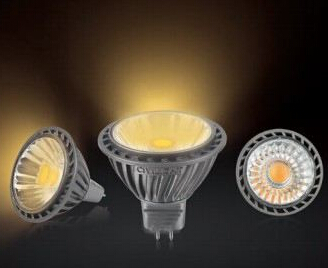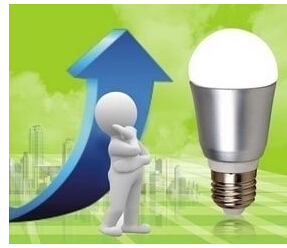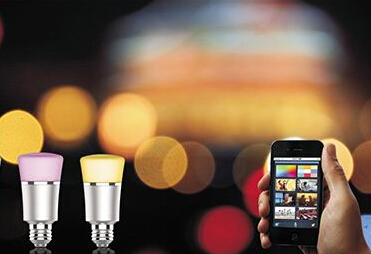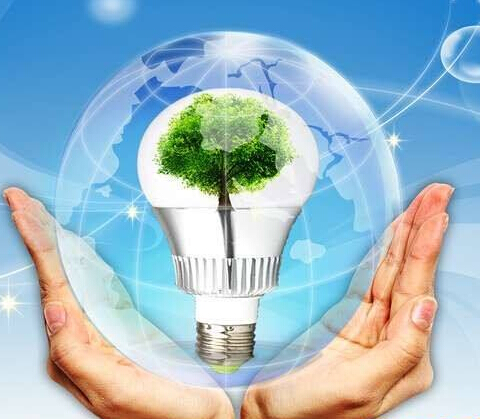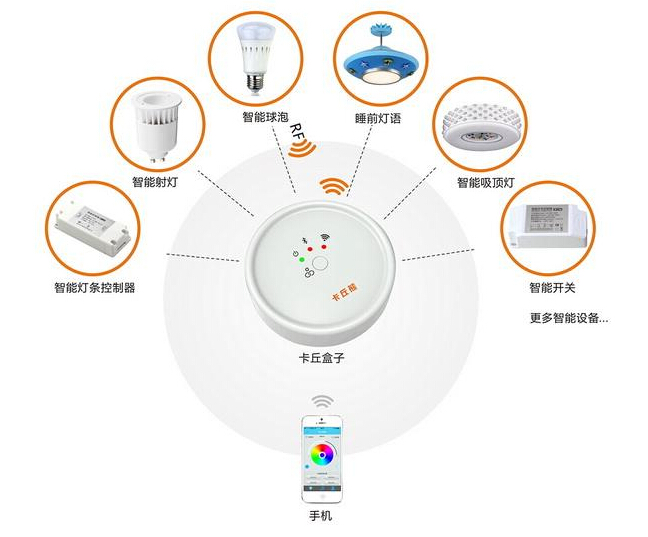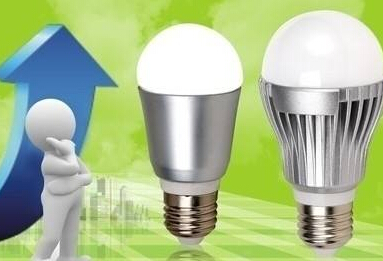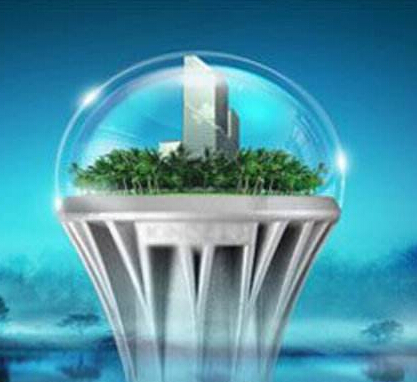In 2020, when you look up to the moon, you may still see a brighter "star."
The so-called "artificial moon" is an artificial lighting satellite carrying a large space mirror. Wu Chunfeng, chairman of the company, previously said that “artificial moon” can use sunlight to provide illumination for the city, and its illumination intensity can reach 8 times of the moonlight.
For China, launching the "artificial moon" is not necessary, but mastering relevant technologies has certain significance. Ren Xiaodong, director of the Star Work Committee of the China Biodiversity Conservation and Green Development Foundation, believes that the “artificial moon” may cause serious light pollution, and the project needs to be cautious.
Russia has tried, the technology is more difficult
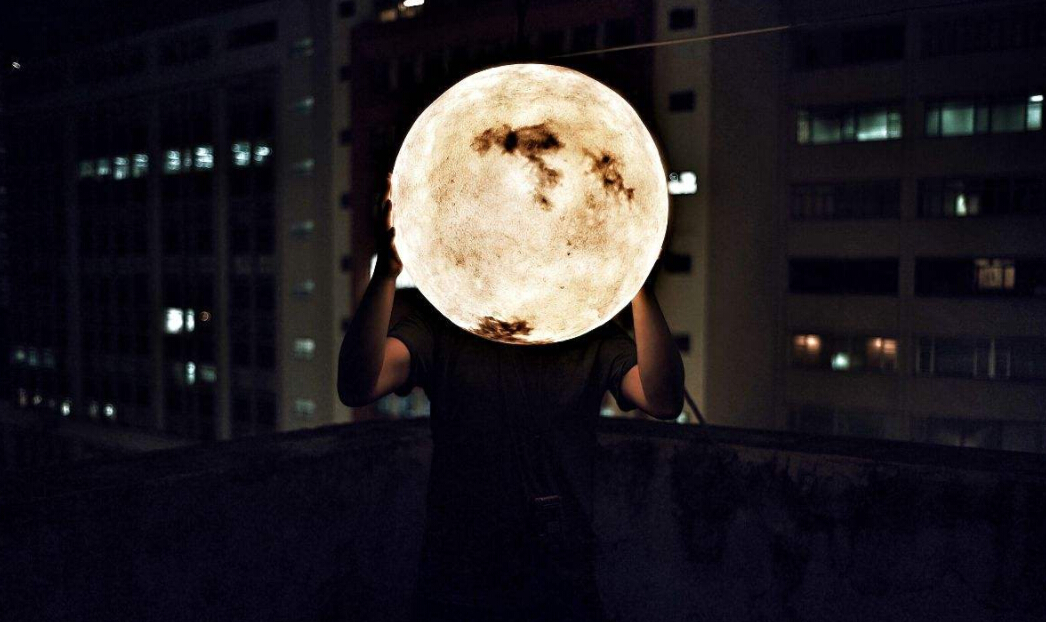
Wu Chunfeng previously said that the "artificial moon" is expected to be deployed in low-Earth orbit within 500 kilometers. In order to achieve 24-hour lighting, the project will launch three "artificial moons" by 2022, and divide the 360-degree orbital plane to alternate operation.
Russia, which is located at high latitudes, has always been interested in the “artificial moon”. Pang Zhihao introduced that Russia has tried twice and wants to use the circular disc mirror with a diameter of 22 meters on the Progress Freight Cargo to reflect the sun's rays, prolonging the daylight time in the polar regions and saving energy.
The mirror area must be large enough to reflect enough sunlight, otherwise the "artificial moon" will have a limited increase in ground brightness. Some people have made a rough estimate based on the satellites in the orbit, and think that the "artificial moon" needs a hundred square meters of mirrors to achieve its declared reflective brightness.
That is to say, the mirror mounted on this satellite should take into account the area, weight and reflective performance; working in space, the mirror should be strong enough, and the mechanical structure should be stable enough... "To launch such a big thing so On the high track, we must also ensure that it can work without losing the chain for a long time. I personally think it is very difficult," said Li Lijun, a researcher at the National Astronomical Observatory of the Chinese Academy of Sciences.
"For my country, the need to be a 'artificial moon' is not strong." Pang Zhihao pointed out that despite this, it is still meaningful to study this technology. At present, people are also envisioning whether solar mirrors can be placed on the lunar orbit, so that the lunar probes can be less affected by the long moonlight. It is also considered to place mirrors on the orbit of Mars, heat the Mars, and transform Mars to achieve Living. Therefore, the "artificial moon" technology can still play a role in other areas of space exploration.
For the "artificial moon", the controversy has always existed. "The 'artificial moon' is controlled by human beings. Humans can adjust its illumination time, area and brightness as needed." Pang Zhihao said that new technologies always have advantages and disadvantages. The key is to see how to avoid weaknesses. “The 'artificial moon’ is a new attempt to benefit both humanity and natural resources,” he said.
Or bring light pollution, astronomers also have headaches
"If it is to save energy, the fundamental solution is to scientifically and rationally optimize the existing urban energy use, instead of launching several satellites to reflect." Unlike Pang Zhihao's optimism, seeing the news, Ren Xiaodong told the Science and Technology Daily reporter. I have to stay in the night.
Ren Xiaodong said that if there are multiple "moons" in the sky, the first thing that will be affected is the creatures that move at night. "All life on earth depends on the regular changes of day and night. This characteristic exists in the genetic sequences of all animals and plants. The increasingly serious light pollution itself interferes with the nighttime environment and ecosystem." Ren Xiaodong introduced insects as an example. Its reproductive and foraging behaviors are directly related to light intensity, and light pollution can change the living habits, feeding grounds and reproductive cycle of living things.
















 RCCN WeChat QrCode
RCCN WeChat QrCode Mobile WebSite
Mobile WebSite